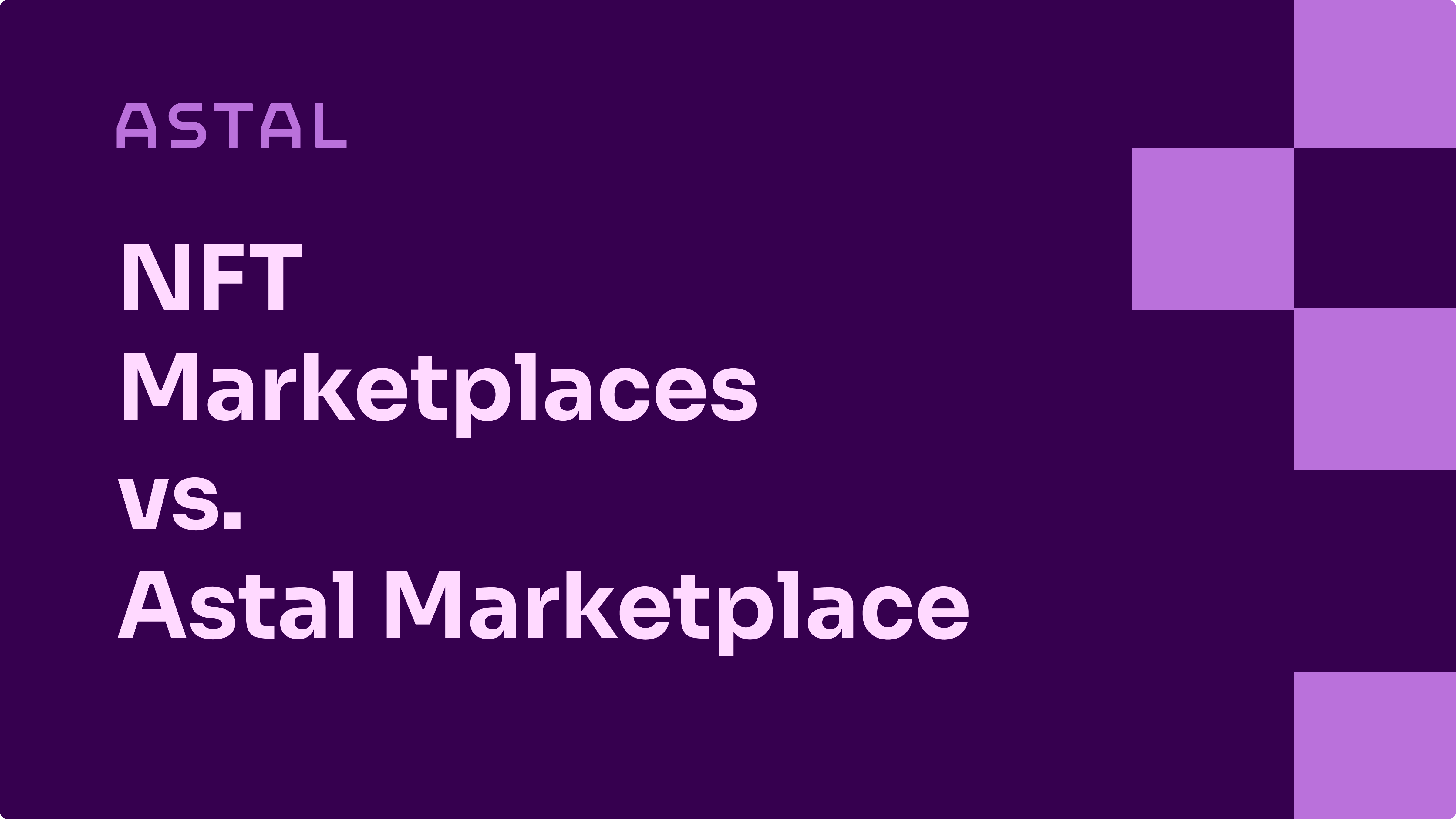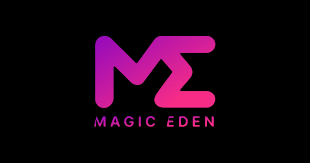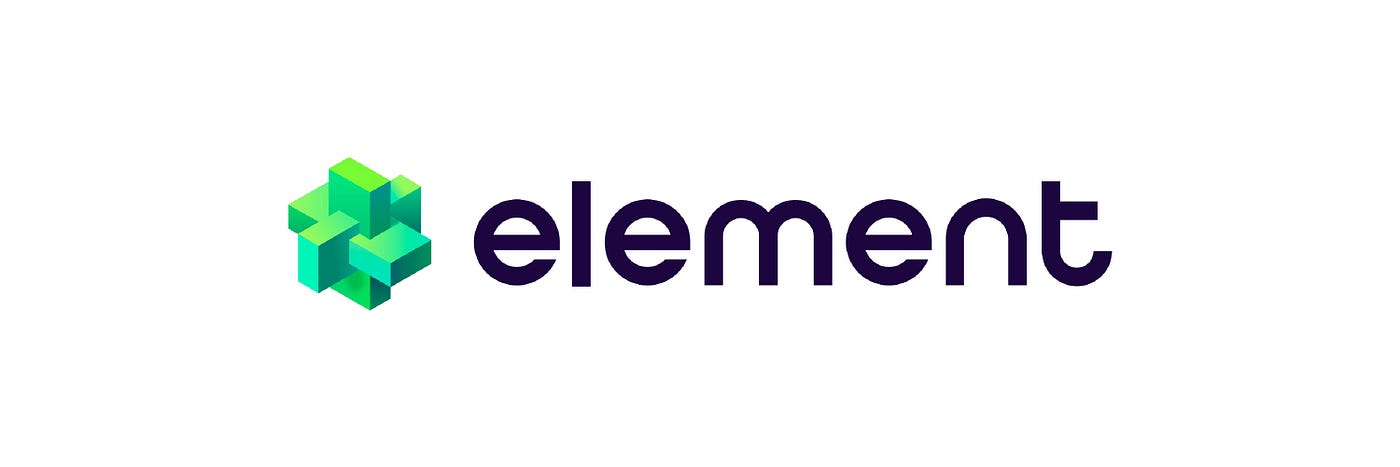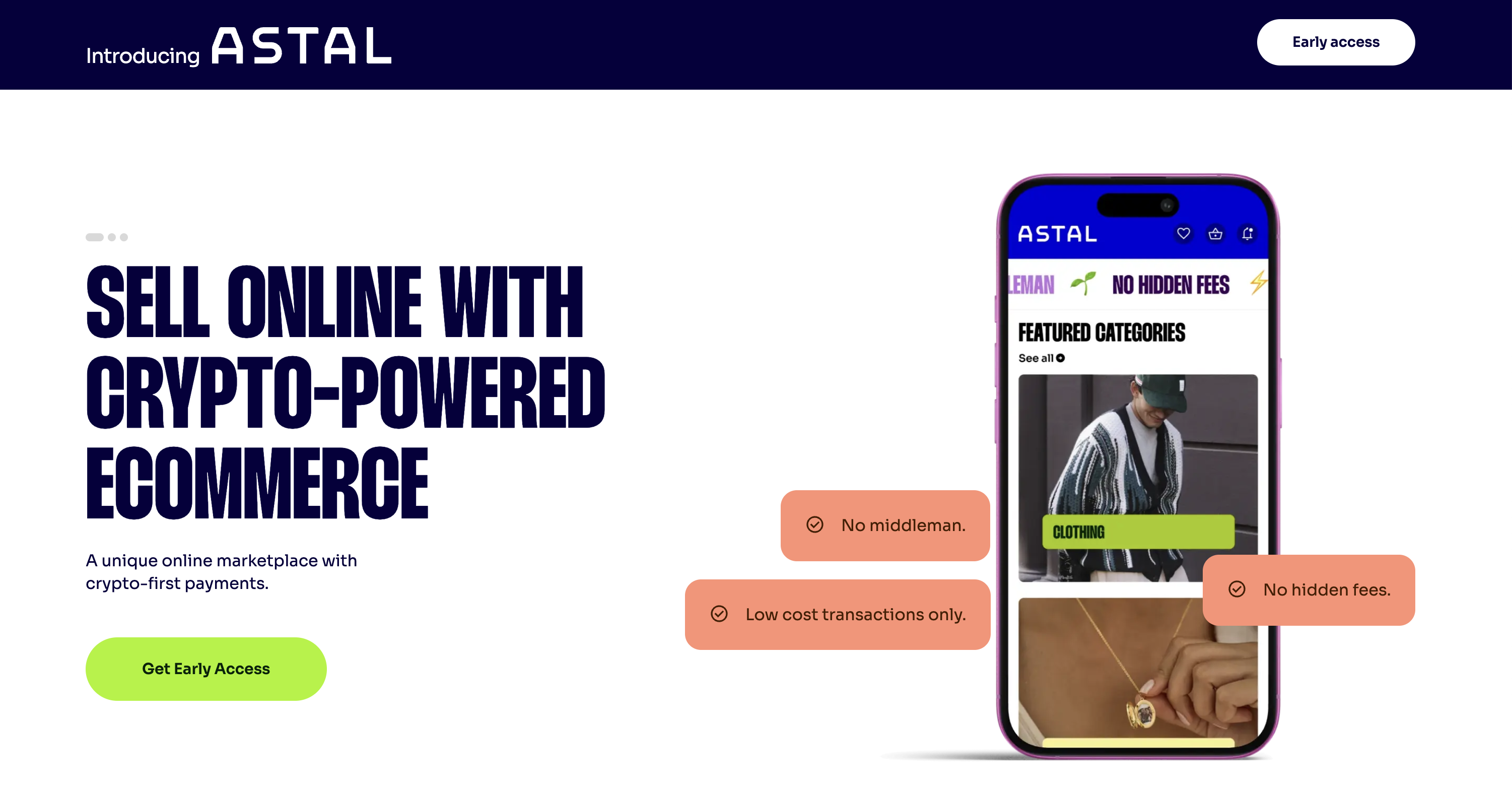As crypto adoption grows, more creators and entrepreneurs are looking to sell products and earn with crypto. But not all platforms are created equal — especially when comparing NFT marketplaces like OpenSea, Blur, or Magic Eden to new commerce-first platforms like Astal Marketplace.
So what’s the real difference? Let’s break it down.

NFT Marketplaces are designed only for digital collectibles — like art, music, avatars, and tokenized items. You mint it as an NFT (non-fungible token) and list it for sale. Here are a few example of the most popular NFT marketplaces:
OpenSea: great for 1/1 digital art or PFP collections
.svg)
Magic Eden: started on Solana, now supports multiple chains

Element Market: aggregator and marketplace focused on professional traders

Astal is where crypto meets real commerce.
Astal is buill for real products - clothes, accessories, home goods, digital downloads, and more. It’s a crypto-native alternative to Shopify or Etsy, where you actually sell goods people use.
NFT marketplaces mostly serve crypto collectors and traders.
Their goal? Buy low, sell high.
Think degen flips, rarity tools, gas wars, etc.
Astal serves everyday shoppers — people who want to buy from creators and brands using crypto or FIAT, with a smooth experience. No trading, no speculation — just simple order and checkout.
NFT platforms usually rely only on ETH, SOL, or custom tokens. These are volatile and confusing for mainstream users.
Astal Marketplace uses stablecoins like USDC on low-fee chains like zkSync. This means faster checkout, stable pricing, and more accessible crypto payments.

NFT marketplaces focus on bidding, auctions, minting, and reselling. There’s no cart, no shipping, and no payout system for selling physical goods.
Astal works like a modern eCommerce platform:
No biddings, no listing fees. No middlemen. No stress.
On NFT marketplaces, buyers must connect wallets, pay gas fees, and understand Web3.
For beginners this is a steep learning curve.
On Astal you have smart account auto-setup. You just need to log in with your email, and that's it.
Astal Marketplace is not an NFT marketplace.
So if you're selling only digital collectibles or want to launch a PFP project, NFT marketplaces are still your go-to place.
But if you’re a creator, small business, or global seller looking to accept crypto for real-world products (digital and physical), Astal Marketplace is built for you — with no listing fees, no platform cuts, and fast crypto payouts.
Sign up today 👉 https://www.astal.io/

Be among the first to experience a new way to sell online! No hidden fees, no restrictions - just full control over your store and earnings.
Secure your spot today!